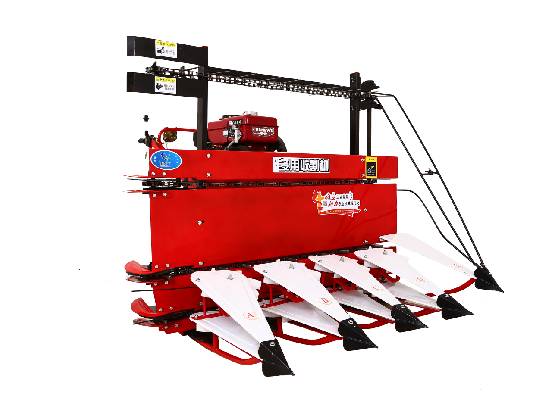Innovative Solutions for Efficient Crop Harvesting and Management Techniques in Agriculture
The Modern Marvel of Windrowers Revolutionizing Agriculture
In the realm of modern agriculture, efficiency and productivity are paramount. Among the innovations that have significantly contributed to these goals, windrowers stand out as a crucial piece of machinery, transforming the way farmers handle hay and forage crops. This article explores the evolution, functionality, and benefits of windrowers, as well as their impact on agricultural practices.
What is a Windrower?
A windrower, also known as a swather, is a specialized machine used to cut and lay grass or grain crops in a row, or windrow, to facilitate drying before harvesting. Unlike traditional mowers that cut the crop and leave it on the ground, windrowers employ a unique mechanism that allows them to elevate the cut material and place it neatly in a windrow. This process is essential for crops intended for hay production and other forage uses, as it maximizes exposure to sunlight and airflow, leading to efficient drying.
The Evolution of Windrowers
The history of windrowers dates back to the early 20th century when agricultural practices began to shift toward mechanization. Early versions were horse-drawn machines that required significant manual labor. However, with advancements in engineering and technology, motorized windrowers emerged in the mid-20th century, drastically changing the landscape of farming.
Today’s windrowers come equipped with advanced features such as self-propelled designs, hydraulic systems, and precision cutting technology. These innovations not only enhance their efficiency but also improve operator comfort and safety. With features like adjustable cutting widths and variable speed controls, modern windrowers can be tailored to meet the specific needs of various crops and field conditions.
How Windrowers Work
windrower

The operation of a windrower involves several key components a cutter bar, a reel, and a conveyor system. The cutter bar, equipped with sharp blades, cuts the crop at the desired height. The reel, which consists of several rotating arms, helps lift the cut material and gently guide it onto the ground, forming a windrow. The conveyor system may assist in collecting and transporting the crop into a designated path.
By creating a uniform windrow, farmers can significantly enhance the drying process, ensuring that the forage reaches optimal moisture levels before baling or storage. This proper management of moisture is critical; excessive moisture can lead to spoilage, mold growth, and decreased nutritional quality of the feed.
Benefits of Using Windrowers
The benefits of incorporating windrowers into agricultural practices are manifold. Firstly, they drastically reduce the time and labor needed to prepare crops for harvest. Farmers no longer have to rely on manual cutting and raking, which are labor-intensive and time-consuming. This time-saving aspect allows farmers to focus on other critical tasks, thereby optimizing their overall productivity.
Moreover, windrowers improve the quality of the harvested forage. By allowing the crop to dry uniformly and efficiently, windrowers help preserve the nutritional content and palatability of the forage. This translates to better livestock health and productivity, which is particularly important in an industry where margins can be slim.
In addition, with the rise of sustainable agricultural practices, windrowers contribute to efficient resource management. By enabling faster drying times and minimizing the risk of spoilage, farmers can reduce waste and maximize their yield, which aligns with environmental sustainability goals.
Conclusion
In conclusion, windrowers have become an indispensable tool in modern agriculture. Their evolution from horse-drawn implements to advanced machines exemplifies the ongoing quest for efficiency in farming. By streamlining hay and forage harvesting processes, windrowers not only enhance productivity but also play a vital role in ensuring the quality and sustainability of agricultural outputs. As technology continues to advance, one can only imagine the further improvements that await this remarkable piece of machinery, solidifying its place at the forefront of agricultural innovation.
Latest news
-
When to Upgrade Your Old Forage HarvesterNewsJun.05,2025
-
One Forage Harvester for All Your NeedsNewsJun.05,2025
-
Mastering the Grass Reaper MachineNewsJun.05,2025
-
How Small Farms Make Full Use of Wheat ReaperNewsJun.05,2025
-
Harvesting Wheat the Easy Way: Use a Mini Tractor ReaperNewsJun.05,2025
-
Growing Demand for the Mini Tractor Reaper in AsiaNewsJun.05,2025
